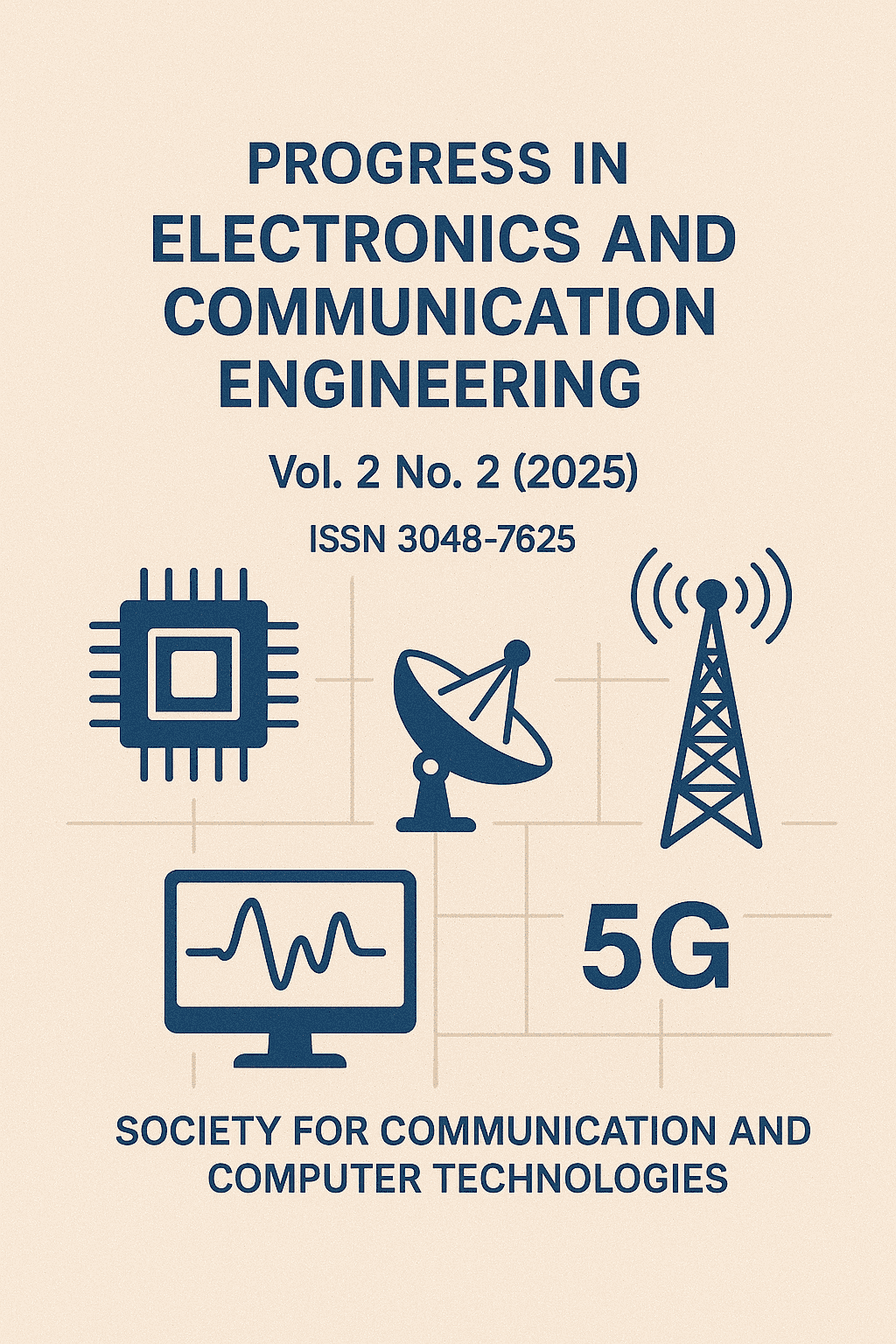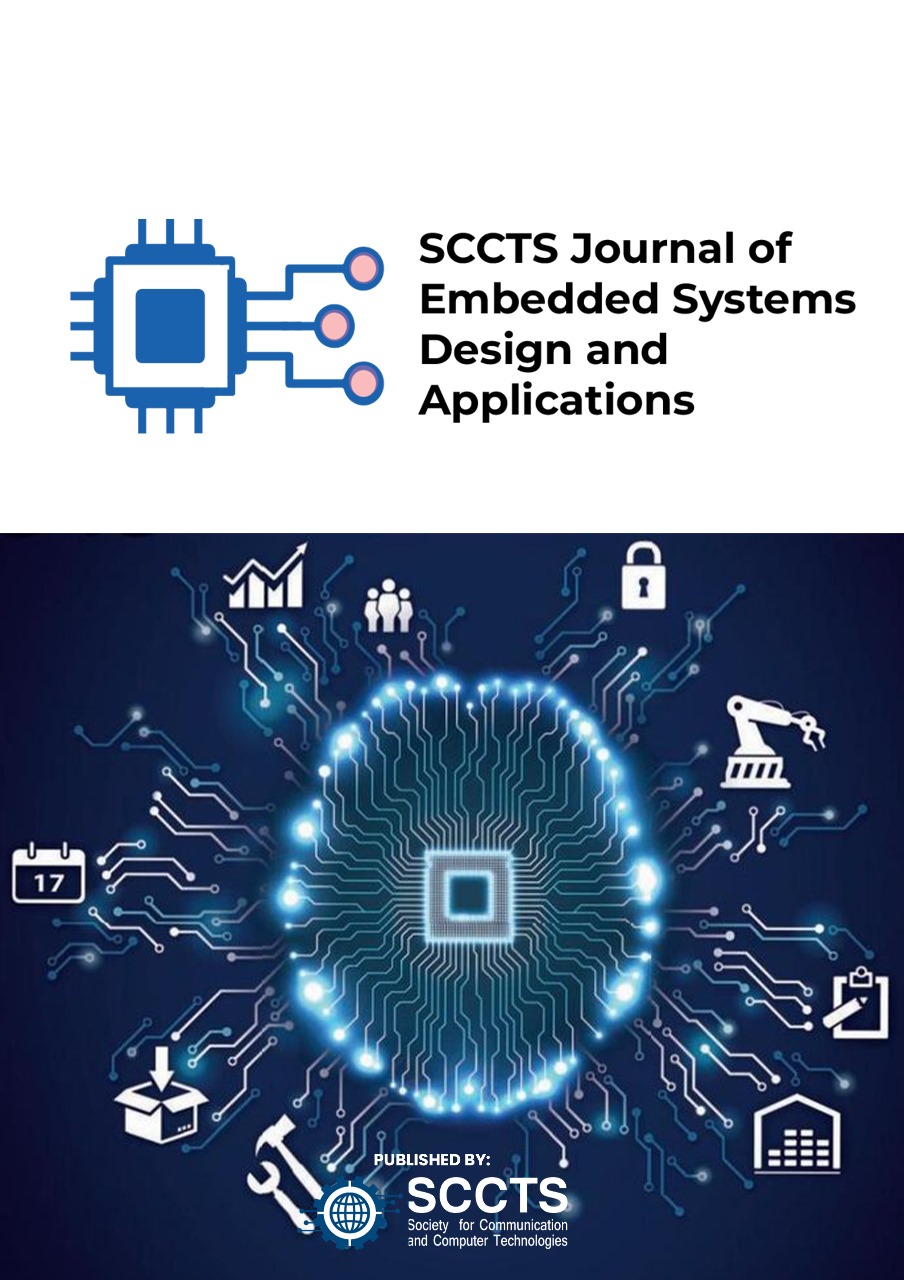Communication-Efficient AI Architecture for Real-Time Sentiment Analysis in Distributed Content Systems
DOI:
https://doi.org/10.31838/4mmx5g78Keywords:
Federated learning, distributed AI, communication efficiency, real-time NLP, sentiment analysis, edge computing, privacy preservationAbstract
This is due to the increasing presence of distributed content platforms which has led to the need to design real time sentiment analysis systems with the capacity to handle large volumes of privacy sensitive user data. Conventional centralized architecture has some problems such as bottlenecks in communication, latency and confidentiality of data which restricts its scalability in large network set ups. The study introduces an efficient federated learning architecture that is communication efficient and can be used to accomplish real time sentiment analysis over decentralized content networks. The suggested framework allows a local node to be trained to use sentiment models based on the data of user interaction without transferring raw data, hence guaranteeing privacy protection. To further reduce the efficiency of the network, the gradient compression and adaptive synchronization techniques are used which drastically minimise the communication load during model aggregation. Experimental tests performed on multi-node schemes indicate that the data transfer can be reduced by fifty percent and a speed of training can be increased by thirty percent as compared to traditional centralized learning methods and there is no noticeable decrease in model accuracy. The findings confirm the architecture as a possibility to implement scalable and low-latency and privacy-aware AI-based sentiment intelligence. The framework has promising application in the next-generation media analytics, smart content management and real-time digital communication eco-systems.


















